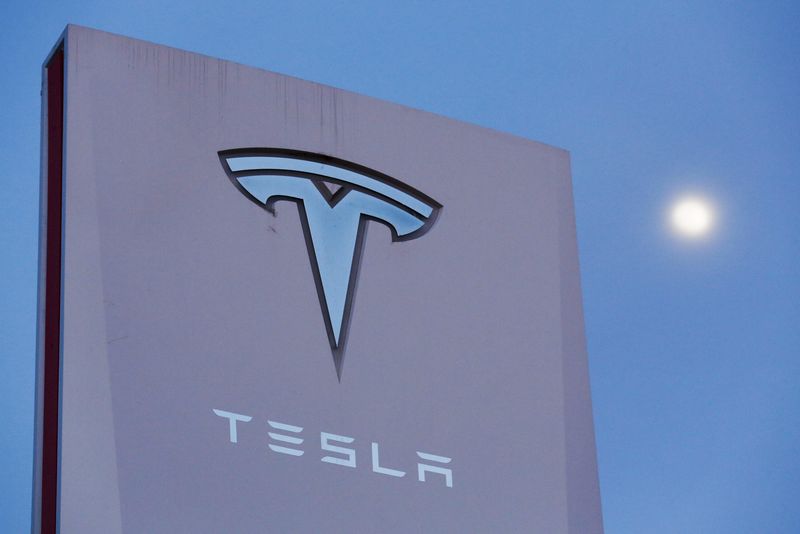
Tesla’s Uncertain Future: A Storm Brewing on the Horizon?
Tesla, the electric vehicle giant that once seemed unstoppable, is facing increasing headwinds. While the company continues to hold a significant market share and boasts a loyal customer base, several factors suggest a period of uncertainty and potential slowdown lies ahead. Recent analyses suggest that investors may need to temper their expectations for the near future.
One of the most pressing concerns is the slowing growth in vehicle deliveries. While Tesla has undoubtedly revolutionized the EV market, the rate at which it’s been able to bring new vehicles to customers is starting to plateau. This deceleration suggests a possible saturation point in certain markets or a struggle to meet anticipated demand, hinting at challenges in production efficiency or supply chain management. These are critical areas that could significantly impact future financial performance.
Further complicating the picture is the company’s aggressive price-cutting strategy. While intended to boost sales and maintain market share in a increasingly competitive landscape, these reductions have raised concerns about profitability. Lower profit margins, especially in the face of slowing delivery growth, could severely impact Tesla’s financial standing and investor confidence. The question remains: is the short-term gain in sales volume worth the long-term sacrifice in profitability? The answer, for many analysts, remains unclear.
Beyond the financial aspects, execution risks are also a significant factor contributing to a more cautious outlook. Tesla’s ambitious expansion plans, encompassing new factories, energy initiatives, and technological advancements, require seamless execution across multiple fronts. Any missteps or delays in these projects could have a domino effect, impacting not only production but also overall brand perception and market confidence. The sheer scale of Tesla’s operations makes maintaining consistent, high-quality execution a formidable challenge.
The competitive landscape is also intensifying. Established automakers are rapidly ramping up their own EV production, introducing increasingly competitive models that are beginning to challenge Tesla’s dominance. This heightened competition further complicates the company’s attempts to maintain its market leadership and profitability. The need to continually innovate and adapt to the evolving market demands significant investment and resources, adding another layer of complexity.
In conclusion, while Tesla retains considerable strengths and brand recognition, the confluence of slowing delivery growth, margin pressures from price cuts, and execution risks presents a compelling case for caution. The company’s future success hinges on its ability to address these challenges effectively and navigate the increasingly complex landscape of the automotive industry. While its long-term prospects remain intriguing, the near future appears to be fraught with uncertainty, prompting a reassessment of its potential trajectory. Investors should carefully consider these factors when evaluating Tesla’s investment potential. The coming quarters will be crucial in determining whether the company can overcome these hurdles and maintain its position as a market leader.



Leave a Reply